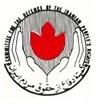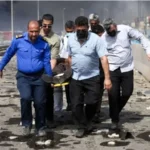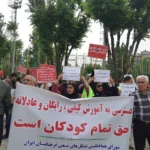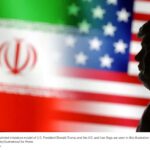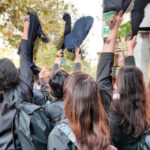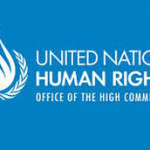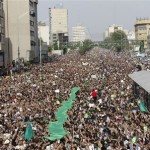
Iranian pensioners have resumed their protests in towns and cities across Iran, once more resounding their calls for human and democratic rights, as well as social justice – against the fraught backdrop following the months-long popular uprising in the country – and for pensions to be adjusted in line with real costs and prices as inflation and the cost of living soars amidst a crippling U.S.-led sanctions regime.
Protests took place on Wednesday 19 July outside pension fund offices and local/provincial authority buildings in cities around Iran, including Kermanshah, Yazd, Shiraz, Hamedan, Ardabil, Karaj, Qazvin, and Sanandaj.
Images and videos shared online Footage posted online of the protests showed participants displaying placards calling for the release of imprisoned trade union activists – who reportedly comprise the biggest proportion of Iran’s significant number of political prisoners – as well as others detained on account of their political activities or matters of conscience.
The protests also loudly denounced the failure of the theocratic regime to improve living conditions in the country with slogans such as “Incompetent government, shame, shame!”, “We won’t rest until we secure our rights!”, and “Enough of your promises, our tables are empty!”
The demonstrations follow on the back of the regime’s recent announcement that it would consolidate 18 separate pension funds into one in an attempt to address a declared shortfall of 3,000,000 billion Iranian Rials ($6 billion) and a rapidly worsening debt situation.
For more than a decade now, the Iranian government has been trying to hold-off a looming pension funds crisis by allocating shares, transferring factories and other capital assets, and even gifting land to offset the mounting debts. However, even official government reports indicate that 17 out of the 18 pension funds in Iran are either bankrupt or teetering on the very brink of becoming so.
Iran’s economy is in a state of complete freefall, having been utterly ravaged by the aforementioned U.S.-imposed/led sanctions regime. This, combined with gross economic incompetence and rampant corruption on the part of the Islamic Republic authorities over the course of more than thirty years, has led to a desperate and intolerable situation for most ordinary Iranian people – leading in turn to a surge of protests in towns and cities right across the country. A report from the Islamic Republic’s Labour Ministry laid bare a huge increase in the rate of poverty in Iran, rising by 50 percent in 2021 compared to the year before. And these are the government’s own figures… The situation is widely believed to be even worse in reality.
Wednesday’s protests were not confined to the pensioners with a series of other demonstrations having also taken place against perceived indifference and gross negligence on the part of the authorities in Iran, as well as unchecked corruption throughout the country’s public sector. Thus, protests were observed involving disabled citizens and disability advocates outside Tehran’s municipal government building, while teachers resumed their valiant campaign in Shiraz, and workers of the Haft Tappeh Sugar Cane Complex rallied outside the Development and Ancillary Industries Company in the Ahvaz.
This unrest is not newly emerged and has been growing in Iran since last summer in response to sharply declining living standards for ordinary citizens, wage arrears, a lack of welfare provision and support from the state, following on from similar periods of unrest in 2017-2018 and 2019. Furthermore, Labour law in the Islamic Republic does not recognise the right of workers to form independent unions.
This turmoil was of course exacerbated by the brutal killing in morality police custody of 22-year-old Mahsa Amini in September 2022, allegedly on account of her improper wearing of a head scarf (hijab). This ignited several months of prolonged unrest which shook the ruling theocratic regime to its core. Despite having quelled the street protests through brute force and harsh measures, the regime now faces a grave challenge to its authority and legitimacy with dissent widespread across Iranian society and the public sphere. In an act of seeming desperation, the regime has in the last few days announced the immediate redeployment of the notorious Gasht-e Ershad (the guidance patrol a.k.a. morality police) on the streets. Meanwhile, the one-year anniversary of Mahsa Amini’s murder rapidly approaches and, with it, a potential reigniting of protests and major unrest – of which the regime is only too keenly aware.

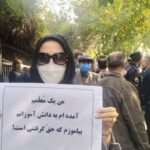
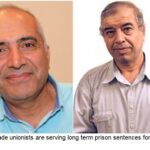
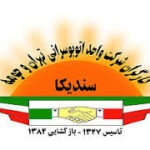

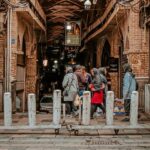
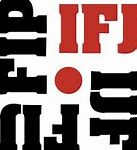



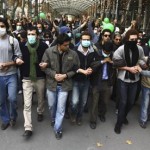
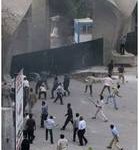
 Posted in
Posted in 